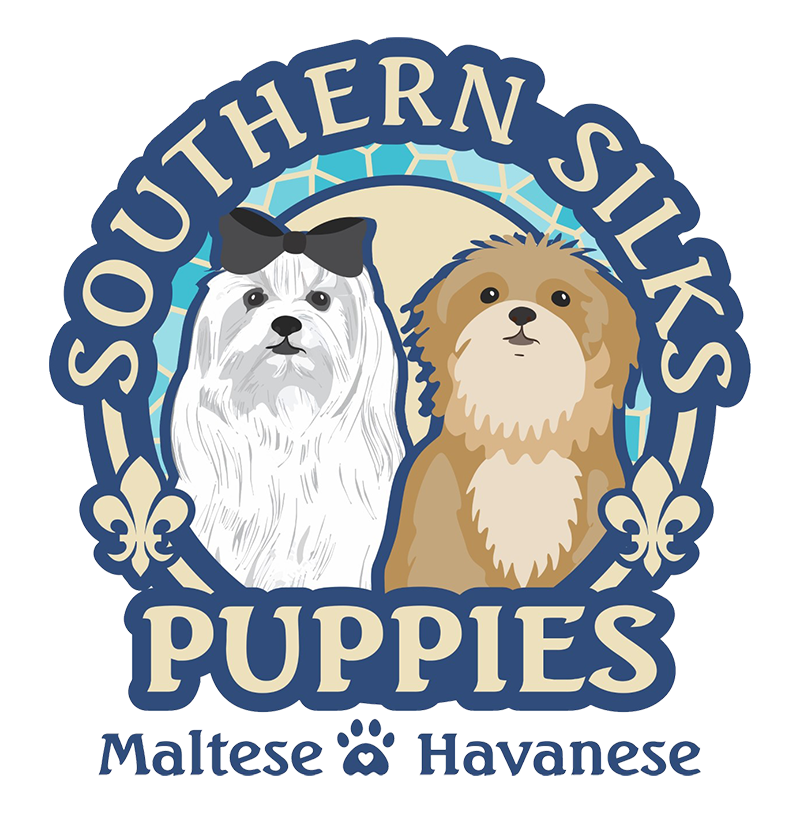Follow Us x
Get Answers to Common Puppy Questions
If you'd like to learn more, feel free to contact us
What can I expect during the first two weeks?
We have developed some helpful rearing techniques for this crucial time in the puppy's life. Most of the time, our efforts to prepare the puppy for a new home result in a seamless transition. There could be some challenges with transitioning your puppy into its new home. We separate each puppy from their mom and littermates before they are placed in your home to try and minimize as much separation anxiety as possible, but sometimes the sights and sounds of a new home may overwhelm your puppy. Patience is required to help them fully transition.
If you notice your puppy whining or barking in their den, it's best to completely ignore them. Once they have stopped and settled down, you can reward them with either ear rubs or a treat. Responding to the whining or barking will only prolong this transition period. With time, the puppy will learn to find comfort and entertain itself in its den. Puppies are playful and social creatures. Please remember to allow your puppy enough playtime. This is healthy for your puppy and will help to reduce bad behaviors caused by boredom.
How should I potty train my puppy?
Teaching your puppy how to use the potty tray is the first step of housetraining. The potty tray consists of a plastic mesh top that snaps onto a plastic bottom piece with a pee pad in between. The protective plastic prevents puppies from getting to the pee pads and tearing them up. The pee goes through the mesh so your puppy won't leave tracks on the floor. The poop sits on top and is simply picked up with tissue and flushed. It's best to have two trays so that you can rotate the trays while cleaning them. Your puppy has been trained from a young age to use the potty system in its den. s
Once your puppy has had a few weeks to acclimate and settle into their new home, if you tart to notice inconsistency with the potty tray, then it might be time to introduce the puppy to pottying outside. To train your puppy outside, take them out regularly and give them time to find a place to use the bathroom. Make sure you don't bring them back inside until they have finished their business. Initially, it might take five to ten minutes for them to potty outside, but with time your puppy will become more familiar with the process and will start looking for a place to potty as soon as they are outside.
If you would like to continue using the potty tray method even after your puppy has been trained to use the bathroom outside, make sure you maintain the potty tray system in the house. You should allow your puppy to always have access to the potty tray while continuing to take them outside regularly to potty. Remember that your puppy will need to potty as often as every two hours from the ages of two to six months.


